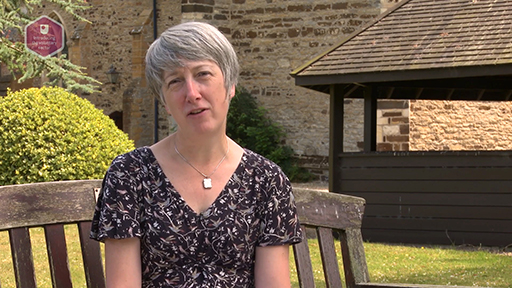Week 5: Introducing stakeholders
Introduction
In your work or volunteering – or other areas of your life – you may have noticed that some individuals and groups have quite a lot of power in how your organisation is run or how services are provided. Power means the potential to influence but whether people use this power will depend on what interest they have in influencing the organisation.
Some people have little power but a lot of interest in how the organisation is run and what it does. These individuals or groups could be service users, volunteers and employees, funders, the general public or the media, to name a few. These are some of the many stakeholders of an organisation, and they can be very influential in how an organisation meets its mission, how it’s viewed in the community, whether it receives funding, or how well it provides its services.
Last week you were introduced to the idea that an organisation needs to be transparent and accountable, and how the use of annual reports provides a way for an organisation to set out its financial position, as well as its achievements and challenges. Many of the people who need to know this type of information are an organisation’s stakeholders. This week you will explore the role and contribution of stakeholders to voluntary organisations.
There are many reasons why it is important not to neglect stakeholders: ensuring that people are consulted can help less powerful groups have a voice in decision making but equally, some groups may decide to campaign against a decision made by staff or trustees. These groups may be powerful enough – or rally enough support – to reverse decisions or to prompt resignations. A recent example of this is a community shop in south-west England where the community argued against the management committee’s decisions and all the committee members felt they had to resign.
This week you will think about the stakeholders of an organisation with which you are familiar, and you will explore the different perspectives they hold and the amount of power each has to influence how the organisation fulfils its mission. You will also learn about some of the ways in which voluntary and community organisations work and communicate with their stakeholders.
In the following video, Julie Charlesworth introduces you to Week 5.

Transcript
By the end of this week, you should be able to:
- describe the meaning of the term ‘stakeholders’ in the context of voluntary organisations
- identify primary and secondary stakeholders using different examples
- understand the competing interests in organisations
- identify how stakeholders may influence decision-making processes
- describe some methods for communicating with stakeholders in voluntary organisations.
